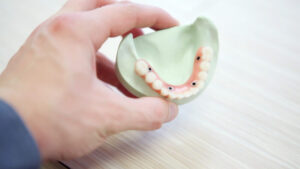
Tartar And Plaque:Remove Methods Without A Dentist
Tartar and plaque, known as dental calculus, form on teeth when plaque accumulates and starts to harden. Not only is tartar visually unappealing, but it
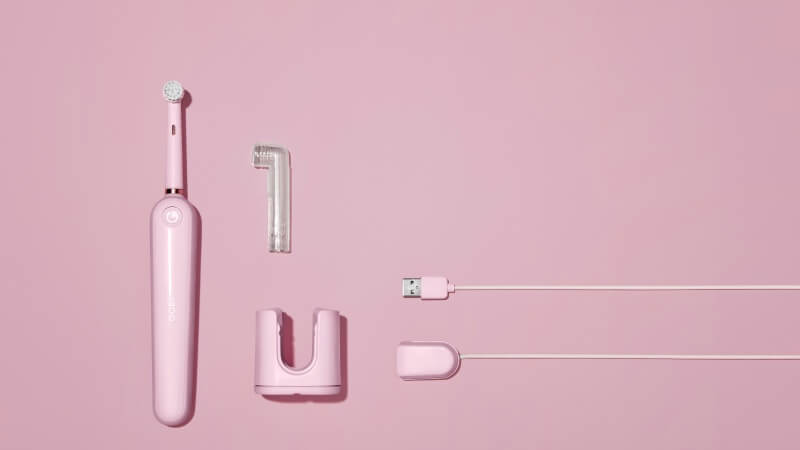
We are often contacted by customers complaining about a Sonicare toothbrush not charging. A charging issue is a common problem and can sometimes be misdiagnosed as a defective charger or battery when the reverse is true.
This can cause frustration and lead people to buy a new toothbrush instead of replacing a part, which is a more affordable option.
Below, we explain how to determine if you have a faulty battery, a faulty charger, or another issue with your electric toothbrush. This is applicable to Braun Oral-B, Philips Sonicare, and Colgate Omron rechargeable toothbrushes.
First, check if the light on your toothbrush activates or blinks as it should when docked. If there’s light activity upon placing the toothbrush on its charger, you can deduce that the charger is operational, indicating that the problem is with the toothbrush – possibly its internal components or battery. If the charging indicator appears normal, proceed to the subsequent section.
If the toothbrush shows no light when placed on the charger, even after charging for an hour, observe whether the charger or the base of the toothbrush feels warm.
Under regular conditions, either the charger or toothbrush will become slightly warm after several hours of charging. If there’s no warmth, ensure that the charger is securely plugged into the wall socket.
Additionally, test the wall socket by plugging in a lamp or another electrical device to confirm that the socket is active and turned on. You might also consider plugging the toothbrush charger into a different wall socket that you know is operational.
Provided that the wall socket is functioning, if you have access to an alternative charger through a friend, family member, colleague, or neighbor, try charging your toothbrush with it. Similarly, you can test their toothbrush with your charger.
The two primary reasons for charging issues within the toothbrush are either component damage, for instance from dropping or water penetration, or a battery failure.
If your electric toothbrush has suffered a fall or a hard knock, an internal soldered connection may have broken, leading to a faulty connection. When opening the toothbrush handle, meticulously inspect the PCB (Printed Circuit Board) and its solder connections to different toothbrush components such as the motor, battery, and charging coil. Instructions for disassembling your toothbrush can be found on our website. Any split solder joints can be fixed by re-soldering them. The delicate copper wires connecting the PCB to the induction coil at the handle’s base are also prone to breakage.
Check the PCB for signs of water entry, like corrosion, marks, or crystal growth on both sides of the board. Philips Sonicare brushes, in particular, have very fine PCB tracks that are vulnerable to corrosion. Replacement Sonicare PCBs and additional seals to prevent future water entry are available on our Sonicare parts page.
As time passes, the performance of your toothbrush’s internal rechargeable battery will naturally decline. This means fewer brushing sessions per charge and a more frequent need to recharge. If you find yourself recharging the toothbrush too often, it may be time to replace its battery.
Addressing a Sonicare toothbrush not charging involves a systematic approach to diagnose and resolve issues related to the charger, battery, or internal components.
By following the guidelines provided, you can often identify and fix these problems without the need for purchasing a new toothbrush. Regular maintenance, correct storage, and careful usage are key to prolonging the life of your toothbrush.
Additionally, for optimal oral hygiene and toothbrush care, we recommend the use of a toothbrush sanitizer. This device helps in keeping your toothbrush germ-free and in top condition, complementing your cleaning and maintenance routine.
Remember, proper care and preventative measures can significantly reduce the likelihood of charging problems and extend the lifespan of your Sonicare toothbrush.
Can I use any charger with my Sonicare toothbrush?
While your Sonicare toothbrush may fit on different chargers, it is recommended to use the charger that came with it or an approved replacement from the manufacturer. Using an unapproved charger can lead to charging issues and may damage the toothbrush.
How do I know when my Sonicare toothbrush battery needs replacing?
A clear sign that your toothbrush battery needs replacing is a significant decrease in the duration of its operation after a full charge. If your toothbrush runs out of power much faster than it used to, it might be time to replace the battery.
Is it safe to leave my Sonicare toothbrush on the charger all the time?
Yes, it is generally safe to leave your Sonicare toothbrush on its charger when not in use. However, to extend battery life, it’s advisable to unplug the charger and let the battery discharge partially between charges occasionally.
What should I do if my toothbrush gets wet inside?
If you suspect water has gotten inside your toothbrush, discontinue use immediately. Dry it as much as possible and consult the manufacturer’s guidelines or a professional for advice on whether it can be salvaged or needs replacing.
How often should I clean my Sonicare toothbrush and its charging base?
It is recommended to clean your toothbrush and its charging base at least once a week. This helps prevent build-up of toothpaste residue, dust, and limescale, which can interfere with the charging process and overall hygiene.


Tartar and plaque, known as dental calculus, form on teeth when plaque accumulates and starts to harden. Not only is tartar visually unappealing, but it

Opting for an electric toothbrush for sensitive teeth can help alleviate discomfort and further protect against gum recession. But which model is ideal for those
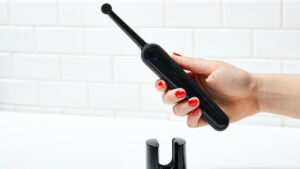
Have you learned how to use an electric toothbrush? It’s crucial to know not just for electricity but for any toothbrush type. Even though electric
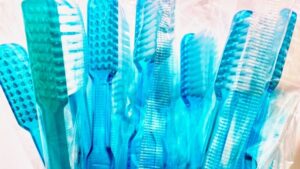
Knowing how often change toothbrush head is crucial, just like replacing a manual one. The electric brush may last, but its head won’t remain effective
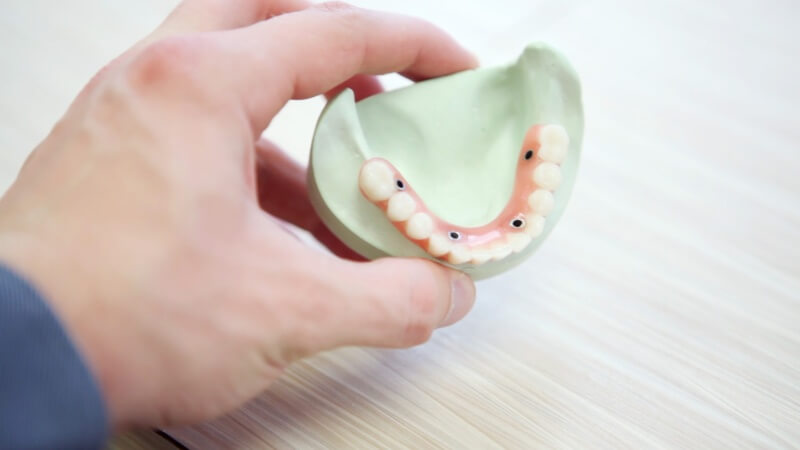
Tartar and plaque, known as dental calculus, form on teeth when plaque accumulates and starts to harden. Not only is tartar visually unappealing, but it

We are often contacted by customers complaining about a Sonicare toothbrush not charging. A charging issue is a common problem and can sometimes be misdiagnosed

Opting for an electric toothbrush for sensitive teeth can help alleviate discomfort and further protect against gum recession. But which model is ideal for those
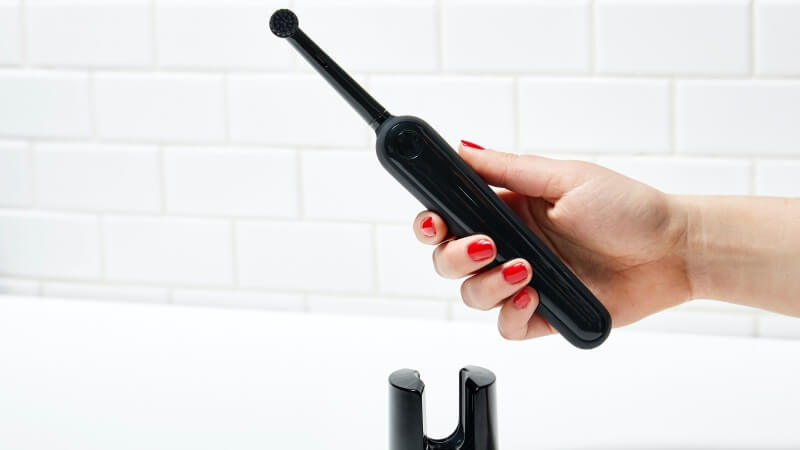
Have you learned how to use an electric toothbrush? It’s crucial to know not just for electricity but for any toothbrush type. Even though electric
Copyright © 2025 toothbrushsanitizerholder. All Rights Reserved.